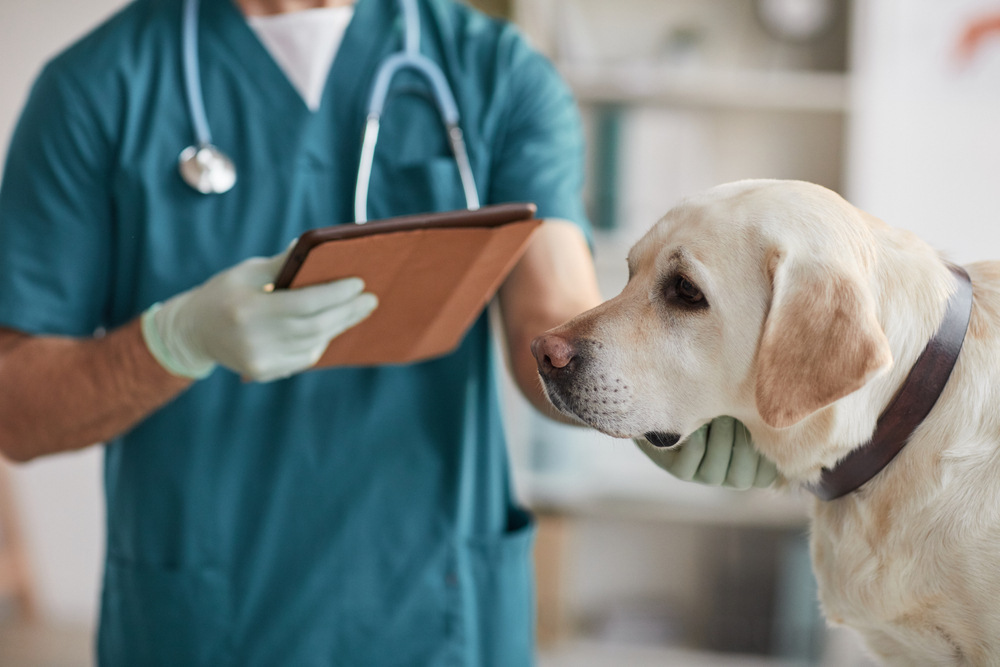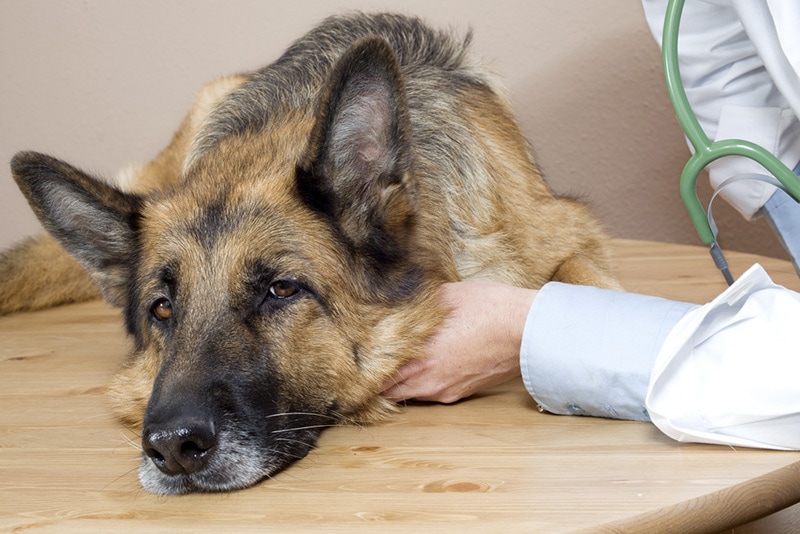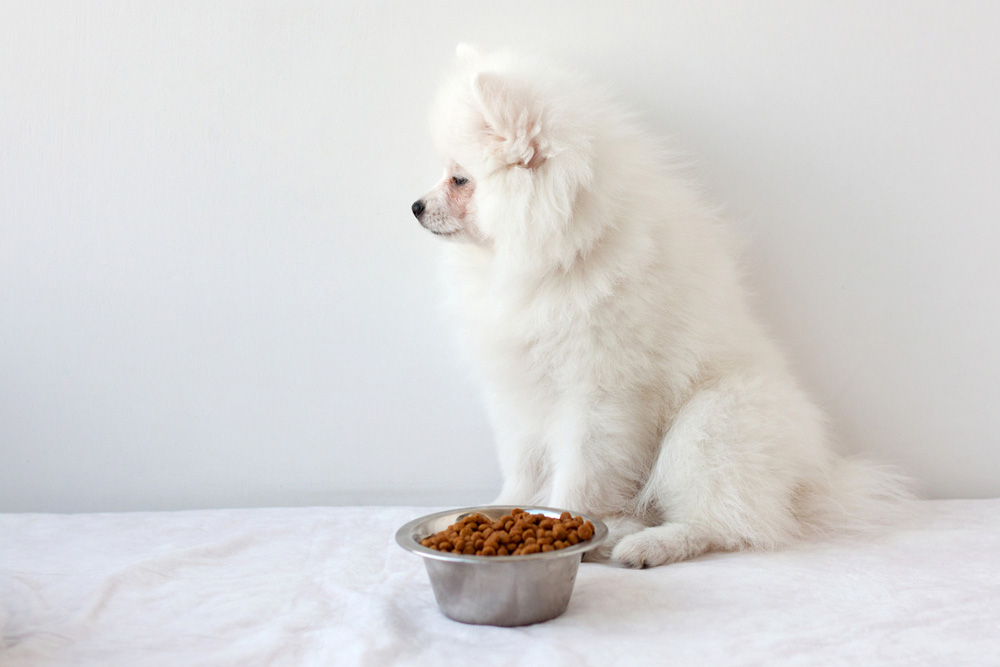It can be stressful if your dog suddenly stops eating, especially if they’re typically a big eater. There are a few reasons that some dogs stop eating, and sometimes, it can be difficult to identify the cause, so it’s always a good idea to take your dog to the vet if they stop eating. However, you should work to identify what might be the cause of their inappetence to start working toward a course of action to get your pup eating again.

The 5 Potential Reasons Your Dog Won’t Eat
1. Illness

Illnesses are a very common reason that dogs may stop eating. There are many illnesses that may lead to poor appetite and anorexia, and these conditions range in severity. Illnesses can lead to pain, nausea, and general malaise, making food seem unappealing to your dog.
Dental disease is a condition that impacts many dogs from all different breeds. Even with excellent dental care, some dogs are prone to developing dental disease. If your dog is experiencing dental disease, they may have receding and tender gums, loose, painful teeth, or tooth root abscesses. Pain in the mouth from the signs of dental disease can lead to your dog refusing to eat, simply because eating is painful for them. Other types of oral pain, like tumors and injuries, can also cause your dog to not want to eat. Nausea can be a side effect of illnesses, but it can also be caused by things like car sickness, heat stress, and having an empty stomach. Anti-nausea medications from your veterinarian can help to manage nausea if needed while your dog recovers from the cause. In some cases, nausea may be a brief issue that goes away quickly. If your dog is refusing to eat and drink, though, then they need to be seen by a vet. Dogs can experience stress when there are notable changes in their environment, like bringing home a new baby, moving to a new house, or introducing a new pet. They can also experience stress related to illness, boredom, and inappropriate training methods. If you suspect your dog is experiencing inappetence because of stress, the first step will be to start working to identify the cause of their stress. However, like people, some dogs experience ongoing anxiety and may need prescription medications to manage it. If this is the case, you should speak to your vet about your options. Many of us like to add tasty toppers to our dogs’ food, and in some cases, this may unintentionally cause your dog to be picky. Some dogs may even refuse to eat their food because they know that you’ll eventually give in and give them something extra tasty to entice them to eat. Dogs are very smart and often find ways to “train” us to give them what they want. If you’ve ruled out other causes of inappetence in your dog and your vet has given them a clean bill of health, then you may need to make some changes to mealtimes for your dog. It can be difficult to see your dog hungry, but if your dog is simply being fussy, then finding ways to train them back into eating their regular meals is necessary for their health. You may also need to cut back on any treats and extras until your dog is back to a regular eating routine. It may be necessary to increase the palatability of your dog’s food if they aren’t eating for a medical reason. Some vets recommend bland foods, like boiled chicken, lean ground beef, and rice to help with nausea and inappetence. You can also try adding low-sodium broth to your dog’s food. It’s best to either make the broth yourself, free from salt or toxic ingredients like onions and garlic, or use a pet-specific broth product. If your dog is experiencing oral pain, allowing kibble to soak in broth or water can soften it, making it less uncomfortable to eat. Heating up your dog’s food can increase the smell of the food, which also increases its palatability. However, it’s extremely easy to overheat your dog’s food, which can cause burns in the mouth, so make sure to only warm it in the microwave for a few seconds at a time and always thoroughly check the temperature of the food before offering warmed food to your dog. In some cases, it may become necessary for you to switch your dog to a completely different food. Some dogs may not ever like the food you’re offering to them. It’s ok to change your dog’s food if they don’t seem to like it, but make sure you aren’t unintentionally giving into their picky whims to get tasty snacks. If your dog isn’t eating, a visit to the vet is always the best first step. This will determine if there is a medical reason that your dog does not want to eat. Your vet is also the best resource when it comes to managing your dog’s inappetence and finding ways to encourage them to eat. If you have a dog that is picky or has become fussy, you will need to be consistent and patient as you retrain them to eat their food appropriately. Featured Image Credit: Monika Wisniewska, Shutterstock
2. Oral Pain
3. Nausea

4. Stress
5. Pickiness


How to Increase the Palatability of Your Dog’s Food

Conclusion









